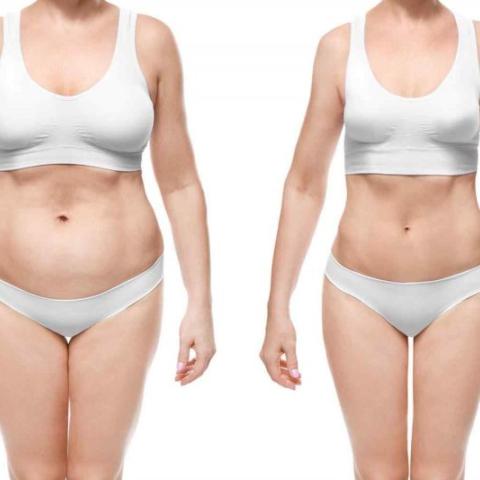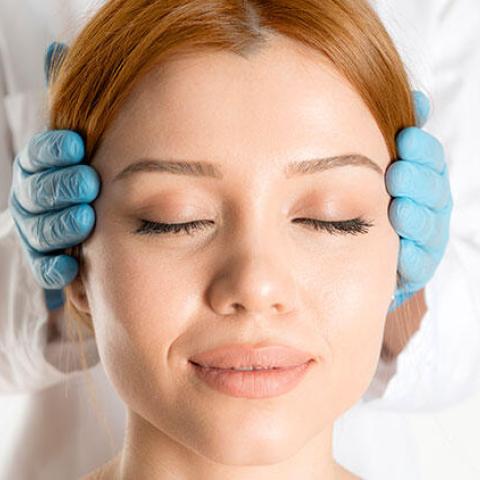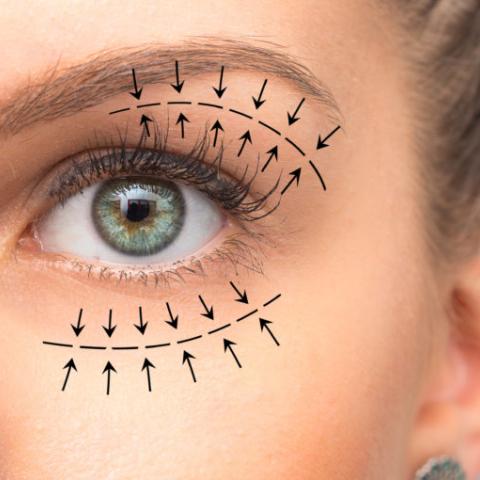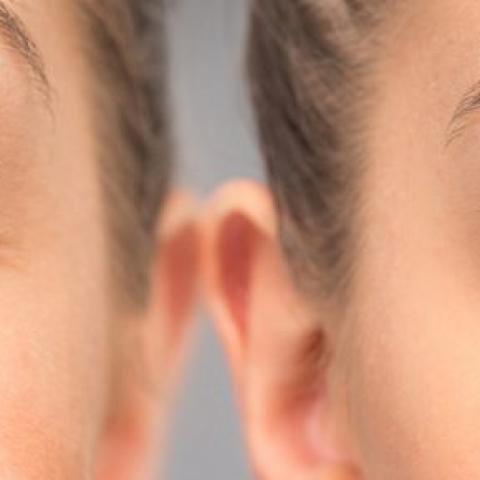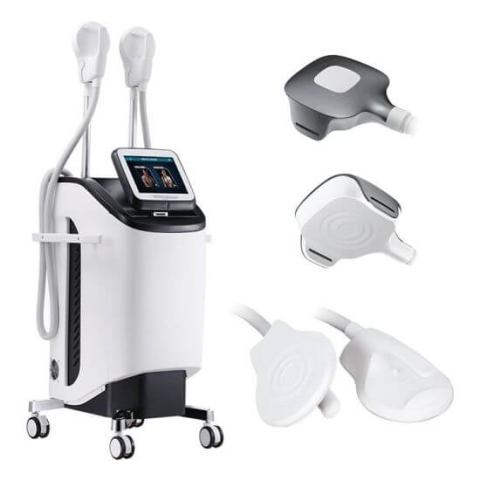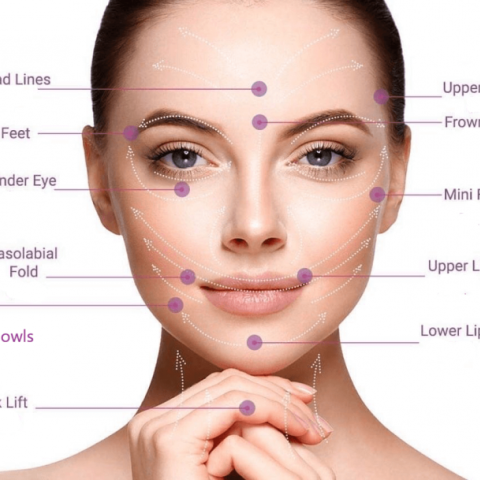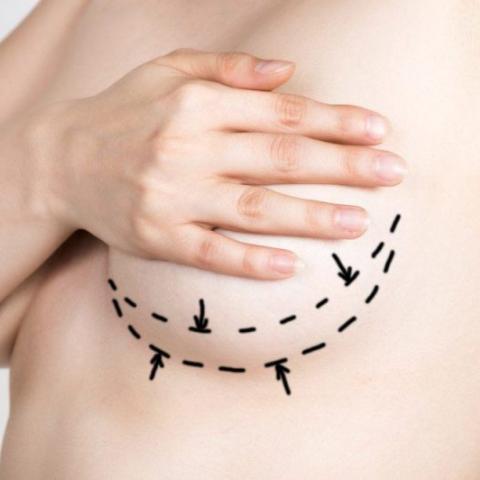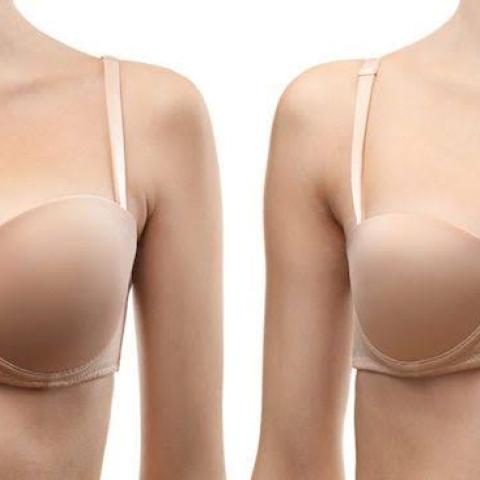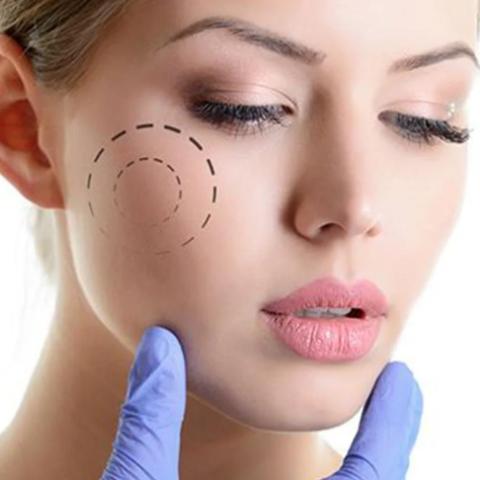What is Liposuction ?
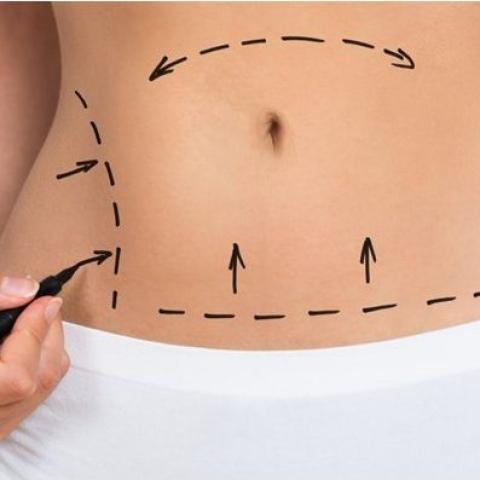
LIPOSUCTION PROCEDURE
Liposuction surgery improves the contour and proportion of your body by removing excess fat from a wide variety of areas. It slims and reshapes for an enhanced self image.
Liposuction is not an alternative to weight loss, but the procedure offers a way to a smoother, trimmer body for those with areas of fat that won’t go away with weight loss or exercise.
HOW TO PREPARE
Am I a candidate for liposuction surgery?
Areas most commonly treated with liposuction surgery, sometimes referred to as lipo surgery, include the chin and neck, hips, abdomen, inner and outer thighs, knees and ankles, and buttocks. This procedure also may be used to treat a condition called gynecomastia, which occurs among both teenage and adult men.
The best candidate for this procedure is a person of average or slightly above-average weight, in good health, with a localized area of fat that does not respond well to diet and exercise. Liposuction surgery is not an effective treatment for patients with cellulite (the dimpled skin that typically appears on the thighs, hips and buttocks) or loose, saggy skin.
How do I prepare for liposuction surgery?
Your plastic surgeon will help you prepare for your surgery by giving you an overview of the procedure and informing you about what you can do to ensure its success. This depends on your complete understanding of the procedure and includes an open, honest conversation with your plastic surgeon during the consultation.
Your surgeon will address all of the matters during your procedure consultation. However, each patient is unique with his or her own body makeup and medical history, which you should share with your surgeon.
WHAT IS LIPOSCULPTURE – LIPOSUCTION WITH LIPOMATIC?
Liposculpture is frequently confused with liposuction, but it’s a different operation in terms of the technique which focuses on correcting the contour. Considered as a weight loss method by most women, this application only provides correction in the problematic areas. While liposuction’s word meaning is a fat intake process, the word meaning of liposculpture is removing the fatty tissue to fix and aesthetically reshape the area. Our doctors perform both applications with the Lipomatic device.
This takes the operation to another level. During the operation, fat is removed from different parts of the body like back, waist, belly, legs, hips, knees, or under the chin with a vacuum and then the body is reshaped.It can be applied separately or during breast reduction or augmentation, abdominoplasty or similar plastic surgeries. Patients can leave the hospital a couple of hours after the process and they can take bath after 24 hours. Less bruising and swelling is observed.
What results can I expect?
During liposuction, the fat cells are removed permanently, so if you gain weight after the procedure it usually will not concentrate in the area that was treated. However, it is important to understand that your liposuction procedure will not prevent you from gaining weight. To keep your new shape and new weight after liposuction, you must follow a proper diet and exercise plan.
What are the possible risks of liposuction?
All surgical procedures involve some risk. Liposuction surgery has a good safety record, and the risks associated with the procedure are minimized when performed by a specially trained, board-certified plastic surgeon. Although rare, risks include infection and skin discoloration. Patients with cellulite may develop skin irregularities due to under- or over-correction of localized fat deposits. The risk of medical problems from liposuction can be minimized by avoiding extremely long procedures or excessive removal of fat.
What is involved in recovery?
Liposuction is an outpatient procedure, and, generally, recovery is fairly rapid. Most people can return to work within a few days and to normal activities within about two weeks. Every person’s outcome will vary based on factors such as volume of fat cells removed and area of removal. Your doctor will discuss what results you can expect to achieve and how to best maintain your new body shape.



